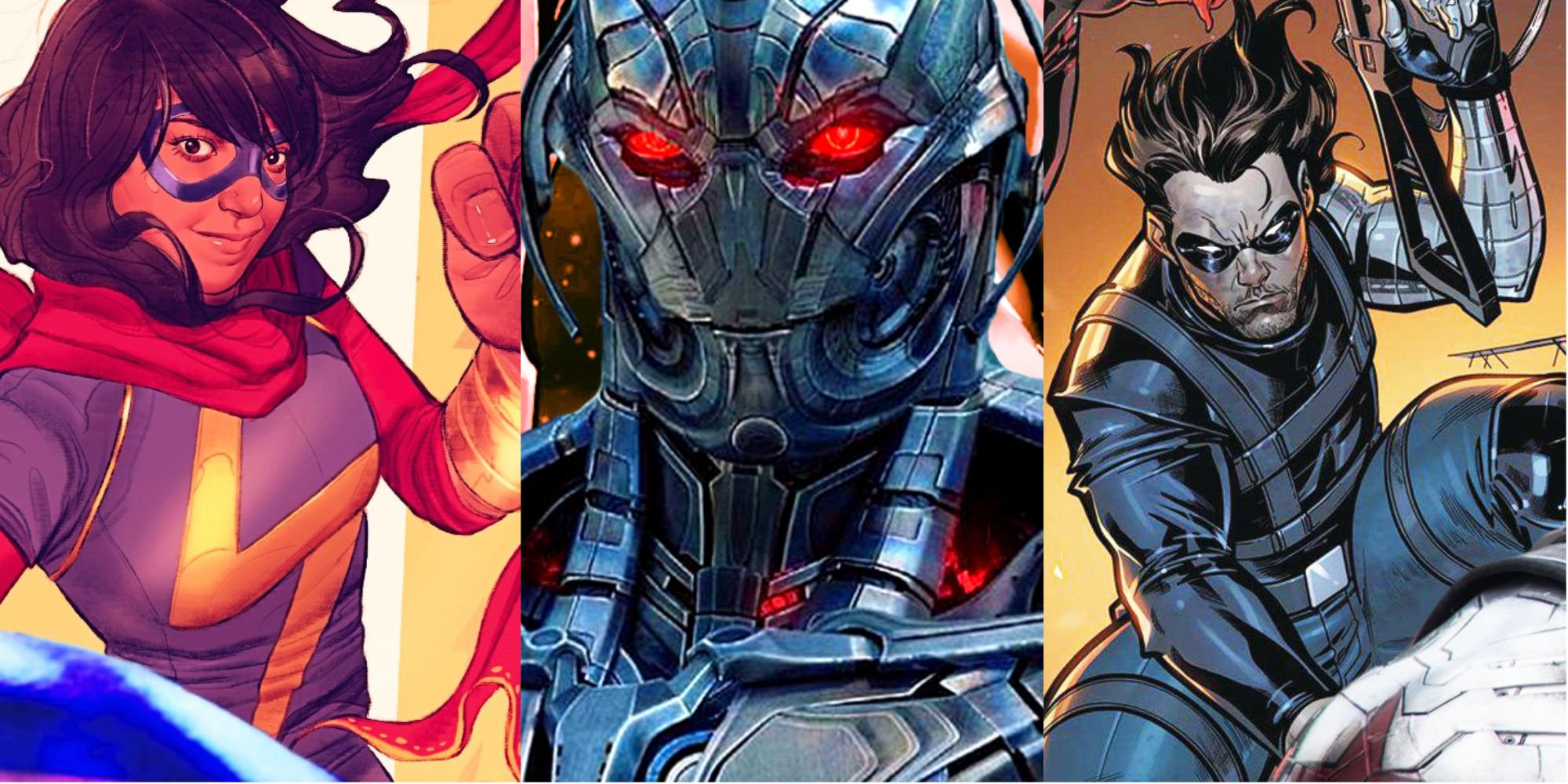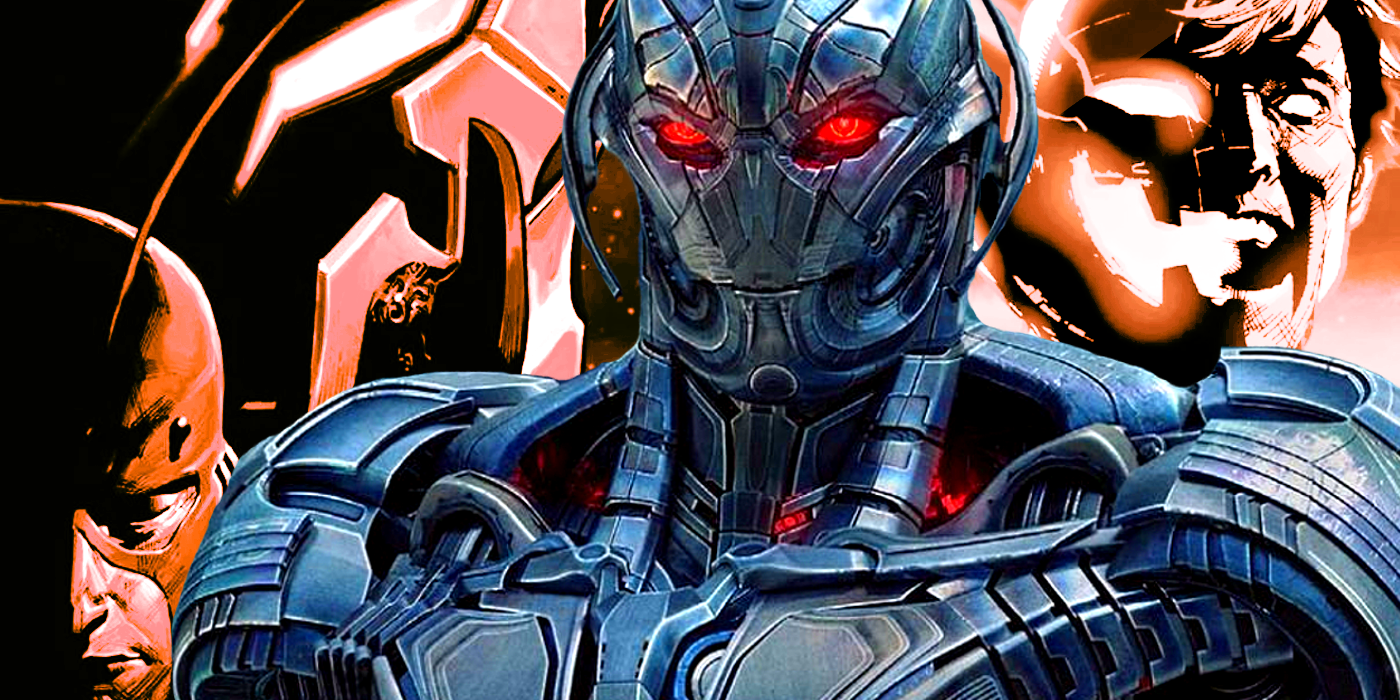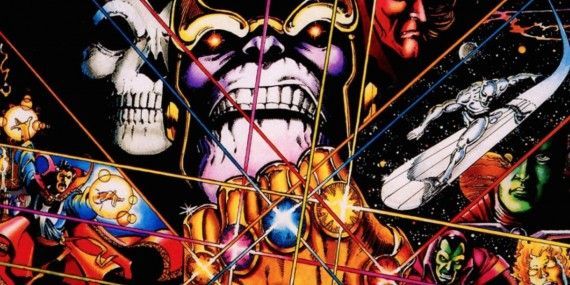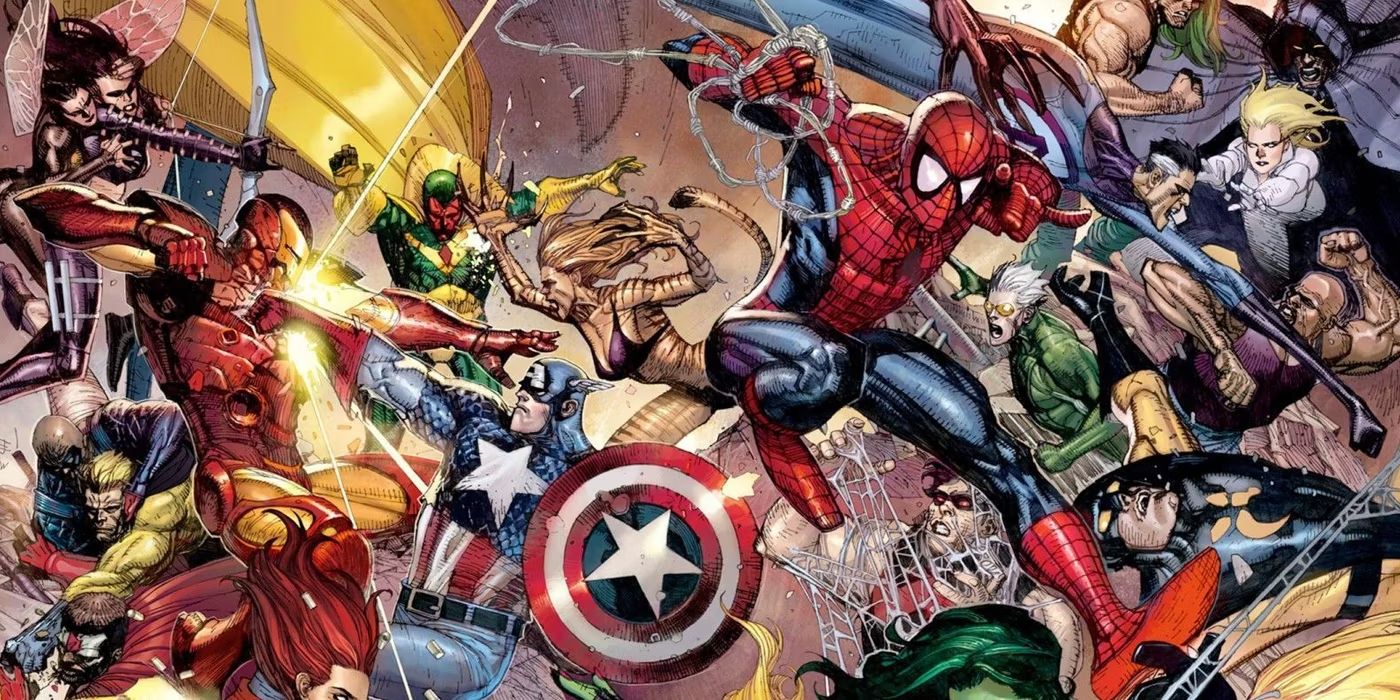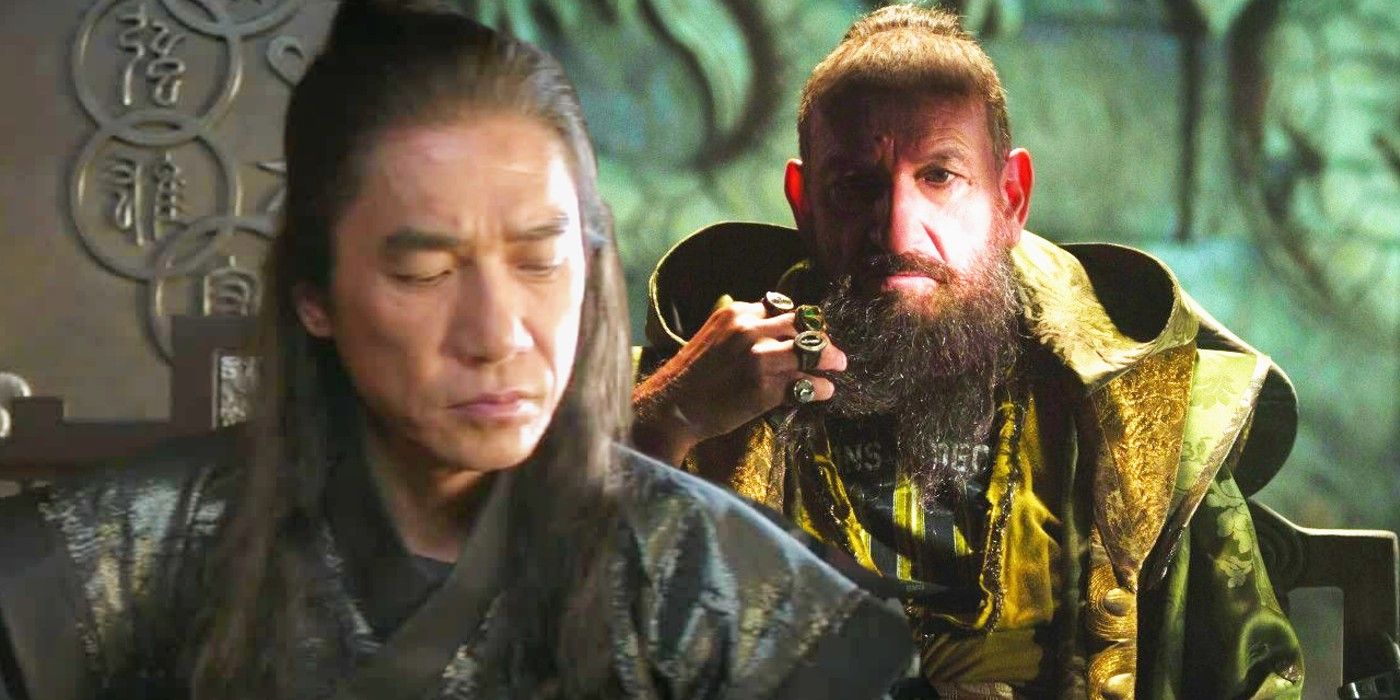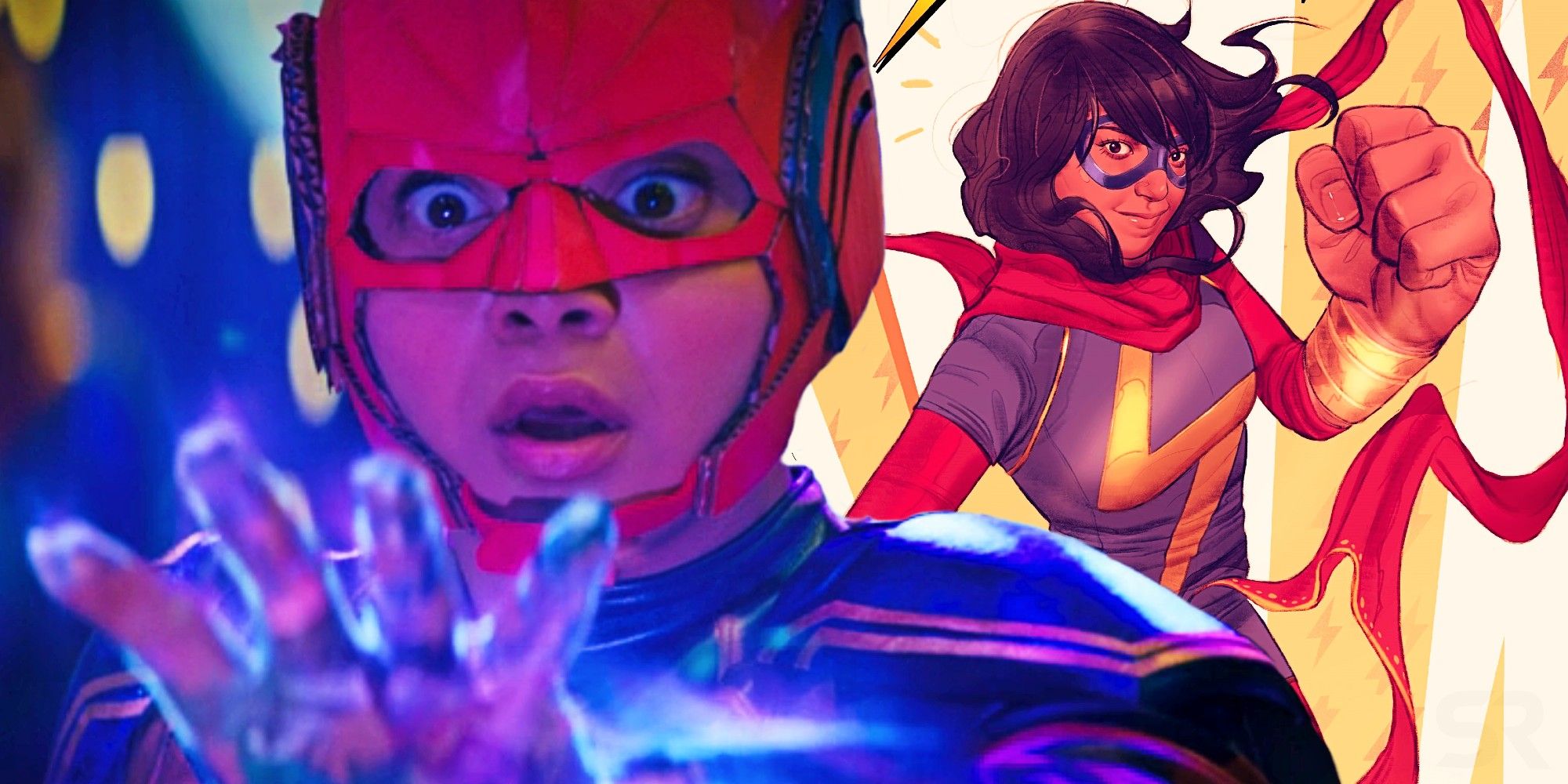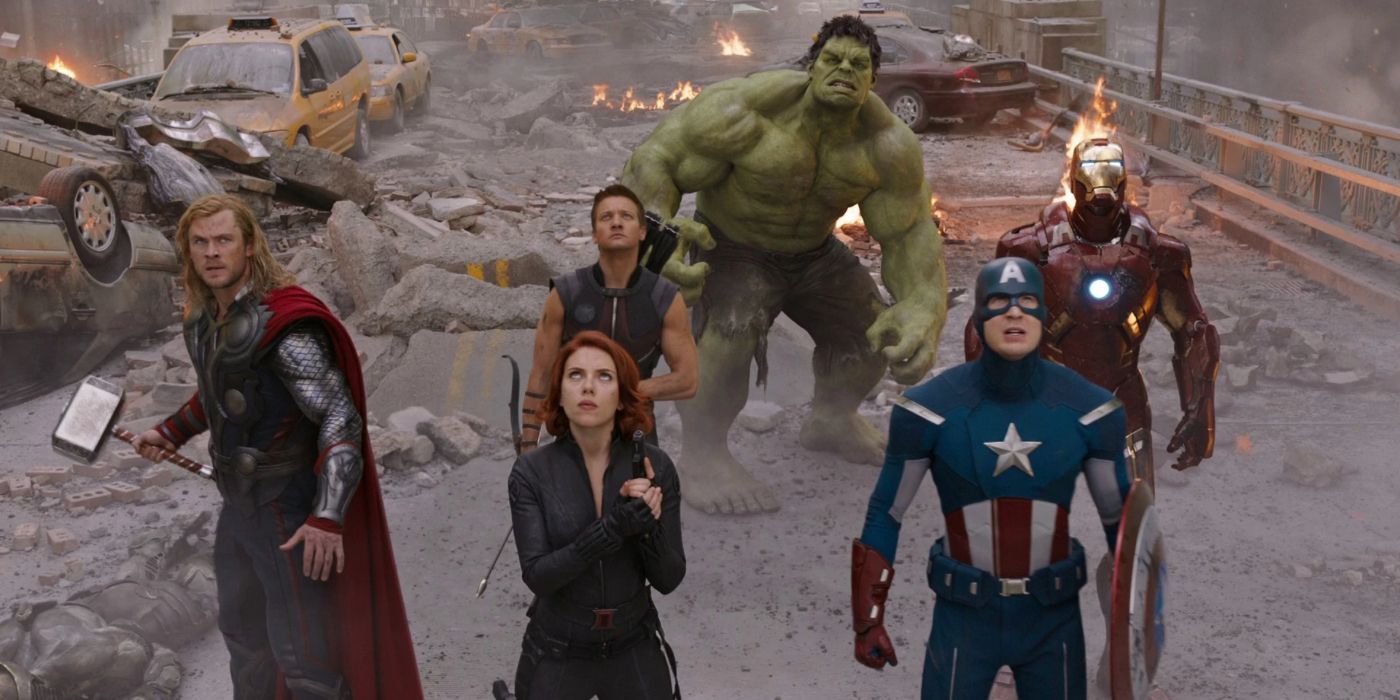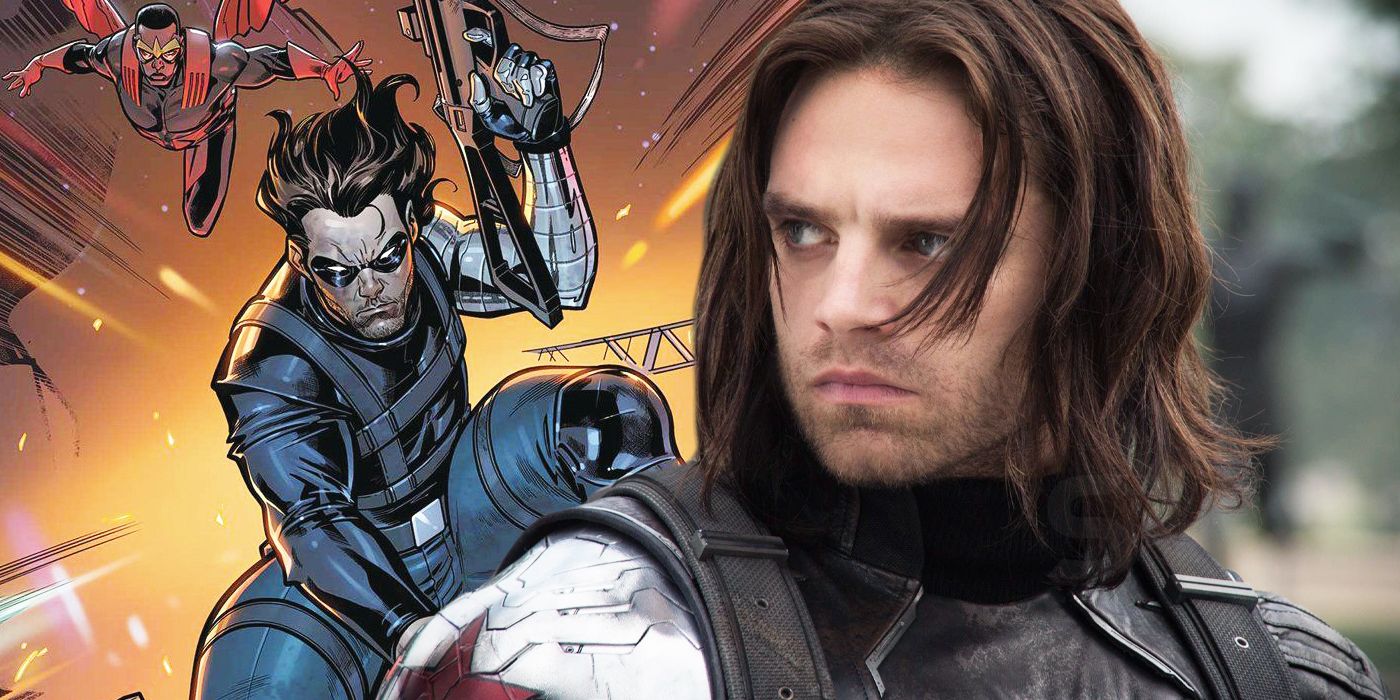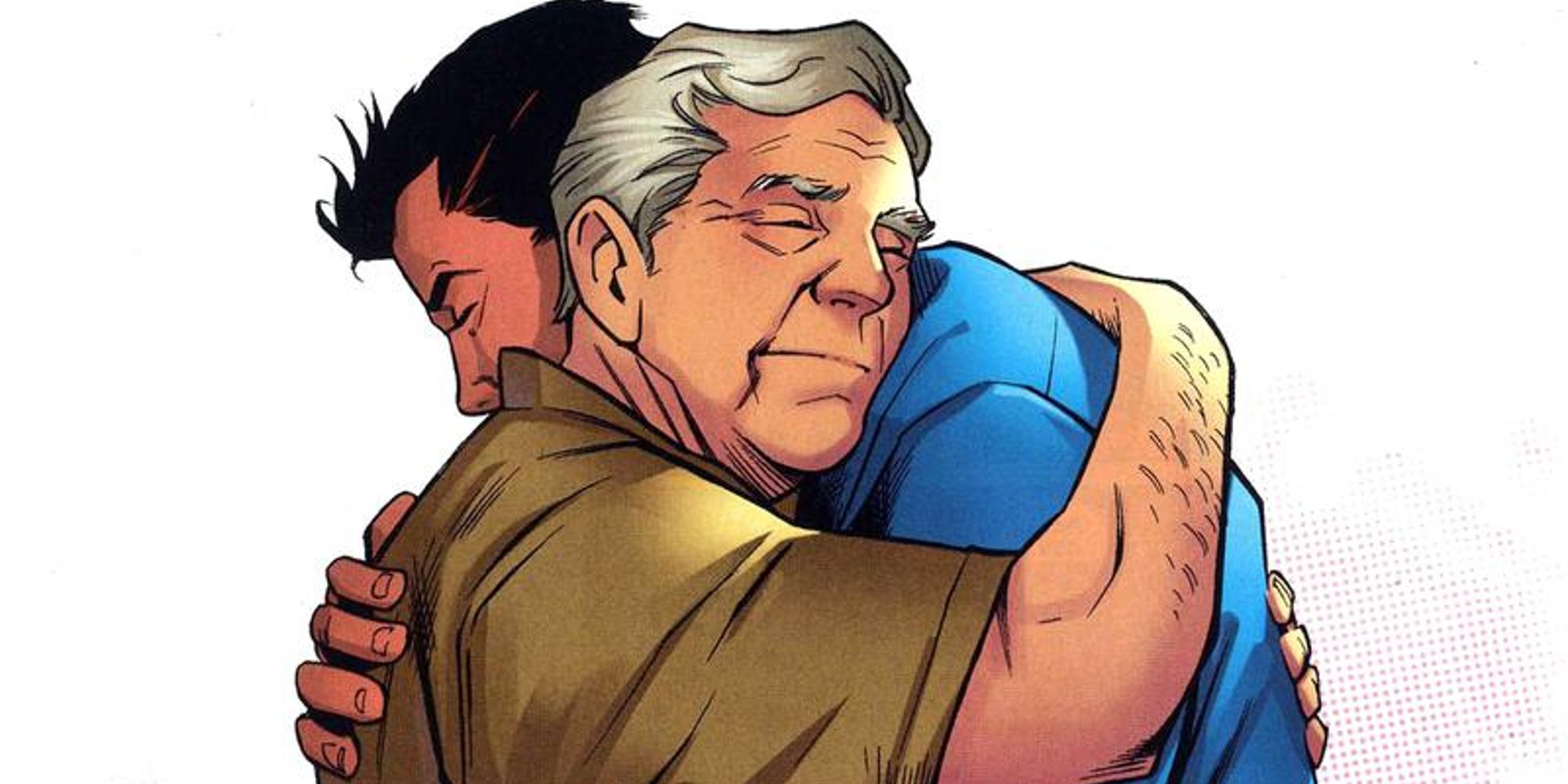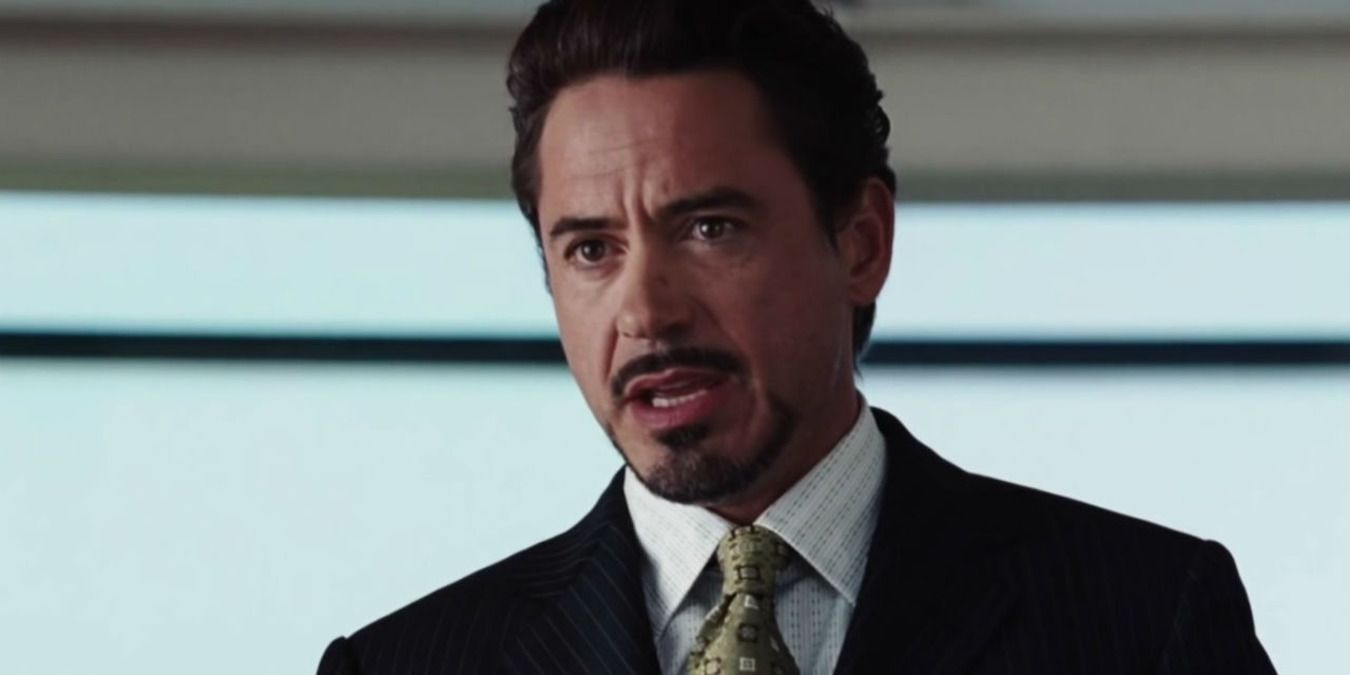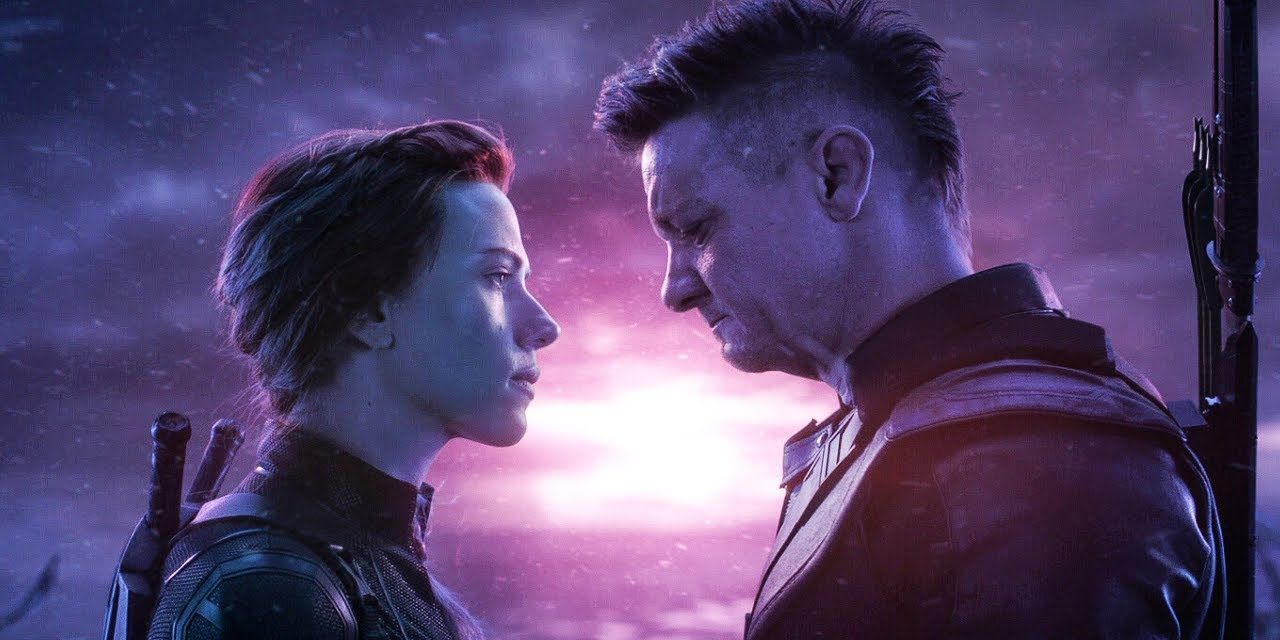With Ms. Marvel hitting Disney+ recently, fans have noticed that Kamala's powers drastically differ from those she has in the comics. When adapting over 60 years of comic material for the big screen, the MCU has taken certain creative liberties in order to craft their own unique stories, with this sometimes resulting in huge changes from the source text.
These changes have been made to fit better with the current social climate in which the content is released, to better fit in with the wider MCU, or simply just to tell a better story. Some have been met with pushback from comics purists, while others have been embraced as smart changes that worked for the story.
Ultron Has A Different Creator
In Avengers: Age Of Ultron, Tony Stark and Bruce Banner work together to create the sentient AI Ultron. However, in the comics, the first Ant-Man (Hank Pym) was the one to create the homicidal robot that has foiled the Avengers on multiple occasions.
Whilst this change makes sense due to Hank Pym having not been introduced into the MCU at that point, handing this plot point to Tony removes a lot of the depth given to him. In the MCU, Pym is little more than a mentor to Scott Lang and is often sidelined compared to his active role in the comics. Michael Douglas is not given much to do as Hank, resulting in some feeling that the potential of the character is being wasted.
Thanos Isn't Interesting In Death Personified
The big bad of the Infinity Saga, Thanos' goal in Avengers: Infinity War and Avengers: Endgame is instantly iconic and recognizable: using the Infinity Gauntlet, he plans to snap away half of the universe to solve overpopulation. This is drastically different from his motivations in the comic, where he attempts to snap away half of the universe to please the female embodiment of Death.
Thanos' relationship with Death is strange, with his desire to earn her romantic affection resulting in him murdering innocents. In the MCU, Thanos is given much more depth through his desire to achieve his goal. Overall, the motivation of comic Thanos is much more bloodthirsty and less nuanced - even for comic standards. By changing the character for the movies, Thanos is turned into a complex villain with morally gray intentions.
Civil War Is Much Smaller
The Civil War comic storyline is huge, spanning multiple issues and impacting almost all of the earth-based Superheroes in Marvel Comics. The sheer scale of the event created huge expectations for the adaption when Captain America: Civil War was announced, promising to feature MCU Superheroes clashing on the big screen.
Unfortunately, the scale was definitely shrunk in the movie. Each side of the conflict only featured a handful of heroes that were available at that stage of the MCU. The film is still an impressive feat, introducing new characters into the universe such as Black Panther and Spider-Man, but fans were perhaps a bit disappointed when comparing the event to its comic counterpart. Perhaps this was one storyline that would have worked better later in the MCU.
The Mandarin Was Updated Twice
Early portrayals of the Mandarin in the comics were problematic and relied heavily on racist stereotypes of Asian culture. The first portrayal of the character in Iron Man 3 was smart to change the character into something different, but the movie still caused outrage when the film's Mandarin was revealed to be a character played by Ben Kingsley's Trevor Slattery.
More recently, the MCU has retconned the troubling portrayals of the character in Shang Chi and The Legend Of The Ten Rings. The actual Mandarin was revealed to be Wenwu, the father of Shang Chi. Wenwu allows Marvel to fix these past mistakes through a genuine, heartfelt performance that pays tribute to Asian cultures in a more respectable way. This change benefits the wider MCU and Asian depictions in Western cinema as a whole.
Ms. Marvel Has Different Powers
Ms. Marvel's show powers are drastically different from her origins in the comics. Not only is her ability to manifest cosmic energy in the form of "hard light" very different from her ability to stretch and "embiggen" her limbs as she can in the comics, but it also appears that her Inhuman ancestry has been changed so that she is a Djinn in the MCU.
These deviations have allowed for a unique iteration of the character for a new audience whilst still keeping in line with the important emphasis on the Islamic culture that remains important to her portrayals. By removing the areas of her origins that revolve around the Inhumans, Kamala's story is tied closely to her family. This has created a much more personal origin that has played out very effectively.
The Original Avengers Lineup Is Very Different
The original six Avengers set up in Phase 1 of the MCU are now household names synonymous with the Marvel brand. However, it may come as a surprise that the MCU's original Avengers (Iron Man, Captain America, Thor, Black Widow, Hulk, and Hawkeye) are not the same as the original roster found in the comics.
Ant-Man and the Wasp were also founding members of the group, with Captain America, Hawkeye, and Black Widow not originally featured as part of the team. It is hard to know if the original lineup would not be any better than the one the MCU had. Phase 1 of the MCU allowed for the founding members to be built up in their own movies beforehand and it allows for the team-up movie to feel earned. It is hard to imagine what the early stages of the MCU would've looked like if Ant-Man and the Wasp would've been the more senior members of the franchise.
Bucky Has Been Aged Up
In his first few appearances, Captain America's plucky sidekick Bucky Barnes acted more like a Robin to Steve's Batman. Bucky was only 14 in his first comic appearance, making the age difference between him and Steve a little uncomfortable.
Fortunately, the MCU aged the character up so that both Bucky and Steve are the same age. This allows for the pair to have a much deeper, layered relationship that was missing from the comics. By having them be lifelong friends that have been through so much together, it makes the apparent betrayal of the Winter Soldier hurt even more and adds more context to why Steve would be so desperate to save his friend.
The Lack Of Uncle Ben
When it came time to adapt the MCU's iteration of Spider-Man, fans were anxious to see how Peter Parker's entire origin will be explored for the third time after his previous cinematic outings. With how important Uncle Ben is to his origin story, it was to be expected to see him appear (and die) for the third time.
However, the MCU makes the important decision to skip the origin story this time, allowing for the story to move past the aspects of Peter's past that audiences are already well aware of. This means that, as of right now, there is no outright mention of Uncle Ben in the MCU. Despite such a glaring omission from the Spider-Man mythos, this has allowed for the movies to explore new territory.
The MCU Has Few Secret Identities
A classic aspect of any superhero drama in the comics is the desire to protect one's own secret identity. In the MCU, barely anybody tries to keep their identity hidden from the public, with the heroes being poised as celebrities in the public eye.
This change makes a lot of sense. In the modern world of surveillance and easy access to all forms of technology, it would be almost impossible for these heavily filmed Heroes to protect their secret identities. It also allows for other conflicts to arise, such as the Mandarin attacking Tony Stark's house in Iron Man 3. Overall, this change has been a big strength of the MCU.
MCU Deaths Normally Last
A common criticism of the comics is that characters are known to die but very quickly return in the next few issues. Rarely does anyone ever stay truly gone (except for Uncle Ben). Meanwhile, the MCU has experimented with the deaths of key characters such as Iron Man and Black Widow.
Providing the franchise with concrete, irreversible deaths has allowed the MCU to feel less stagnant. As people enter and leave the universe, the characters are forced to grow and change more so than just maintaining the normal status quo of the comic books. Instead, the MCU is continually growing and changing, keeping content fresh for viewers.

